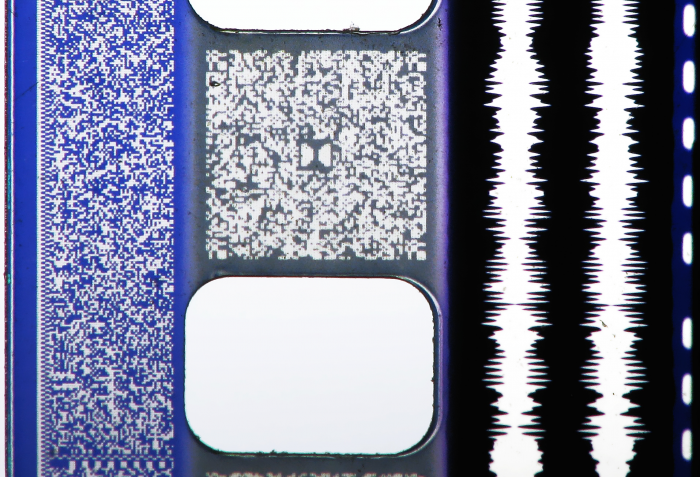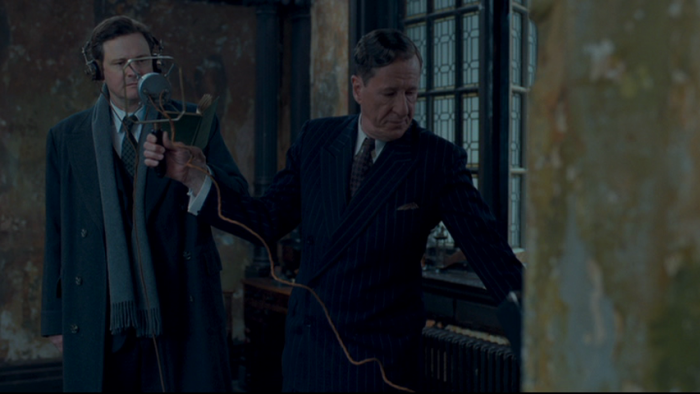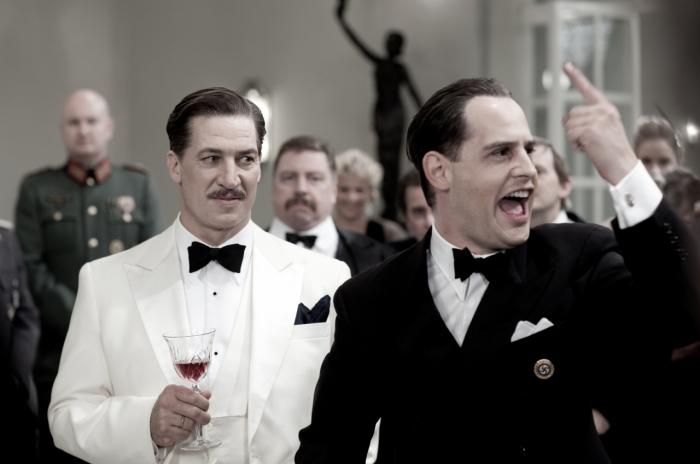Focus: Audio History of Film | All
Focus: Audio History of Film
The study of film sound and its relationship to history is still in its infancy; only limited research has been conducted on topics such as sound recording for film and its relationship to contemporary history, or the status of film sound in the production of historicity and in discourses of film reception and film marketing. Against this background, the present focus, Audio History of Film, embarks on novel research avenues and explores productive new perspectives. Audio history of film is a field that provides the missing link between film studies, sound studies and historical studies. It investigates how film sound can generate and shape audiences’ experience of history. The concern of this focus lies not just with the aesthetic dimension of film sound production, but also with its material, technical and cultural dimensions and their potential to model and produce history.



